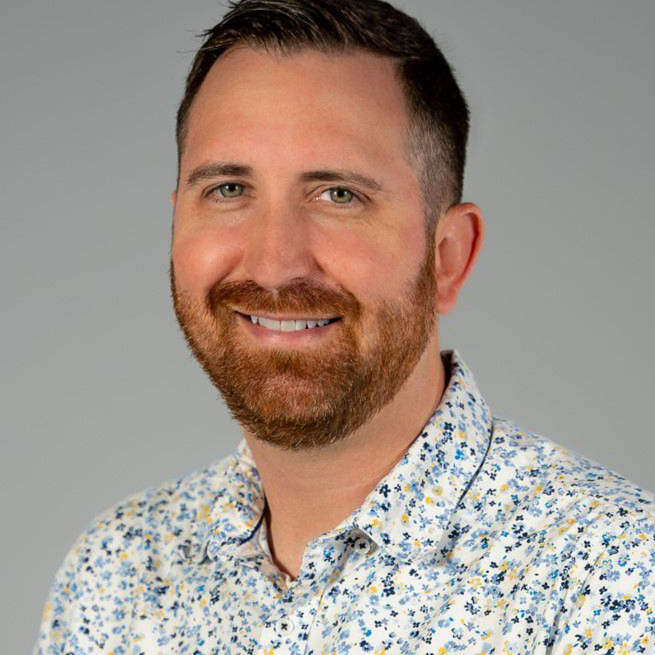Gridlock Guy: Freeflowing information helps traffic flow, too

The media and the government, no doubt, can have a fraught relationship. Journalists are tasked with keeping all entities accountable and do so by asking tough questions and reporting facts. But reporters also are tremendous assets in spreading key information that public officials need people to know in a timely manner.
As the media and government have seemed to more often be on divergent paths of late, extracting important, immediate information from authorities has become more difficult. For the sake of society, this is not at all a good thing.
When I began reporting traffic at WSB Radio in 2004, calling 911 centers was a key part of learning crash data. This was pre-Google Maps, pre-GPS apps, and before the mass proliferation of live, streaming cameras. In fact, my co-workers and I would call the main metro Atlanta counties twice an hour.
As data became more readily available, we trimmed those calls back to once per hour. The information from these calls was not always accurate, because 911 dispatchers would list crashes that sometimes had cleared or were never found. But this method gave us leads that we would then eventually use a helicopter, Google Maps and cameras to confirm.
And I built relationships with these call-takers, which meant we each could tell when the other really needed something or was too busy to chitchat. By regularly checking in, the dispatchers who cared the most would know what crashes were of consequence to people in traffic and would pass those along.
They also understood that I was not calling for any reason but to inform other people of what could block their commute. And they knew that by me and my team steering people away from crashes and blockages, the first responders on scene would inherently be safer.
Information is a cell of power. Information is a tool for safety.
But technology and distrust developed a wedge. Some government entities felt they got burned by the media and stopped working as hard and as quickly to answer the press. The explosion of social media made the public sector less reliant on journalists to disseminate their alerts. By the early 2010s, public information officers could communicate directly with the public through social media accounts.
And straight-to-the-masses messaging is really beneficial. But that ability should not come at the expense of answering the press. It slowly has.
My experience as a traffic reporter in the 2020s is more frustrating than in the 2000s regarding getting basic traffic information from dispatch centers. Many trainees are now told they are allowed to tell zero information to the media — not even the location and lanes blocked. They are not trained to distinguish between what they can and cannot say. Reporters are often instructed to call public information officers about even the most basic things. And many PIOs have stopped leaving phone numbers — just emails.
Traffic information, such as location data, the number of lanes blocked, the types of vehicles involved, if fluid is spilled in the road, or if trees or wires are down, is not sensitive. It is crucial to reporters telling the true story to commuters about what affects them. And government agencies could do well to, at least, tip off the press if an incident is going to remain longer than normal for an investigation. Then comes the time to call a manager or information officer.
To the average reader or driver, this may seem irrelevant or just minutiae. But the more our society gets used to receiving partial, delayed information, the less informed it will be. This certainly applies to traffic, which changes every second. But it also applies in a grander scale and especially resounds, as the size of newsrooms, the very outfits that vet this information, grows smaller.
Back to my lane: agencies, cities, counties, states — we’re here to help keep your people safe and to keep the traffic moving. The more information we all have, the better decisions we all make.
Doug Turnbull covers the traffic/transportation beat for WXIA-TV (11Alive). His reports appear on the 11Alive Morning News 6-9 a.m. and on 11Alive.com. Email Doug at dturnbull@11alive.com.



